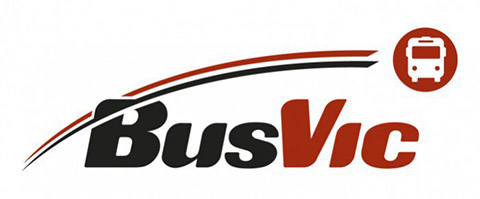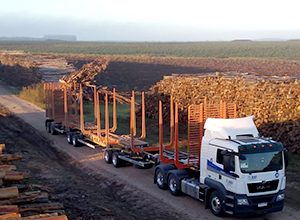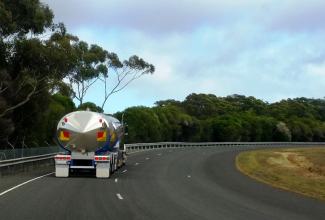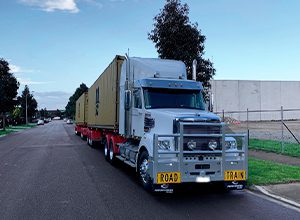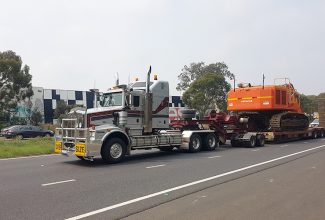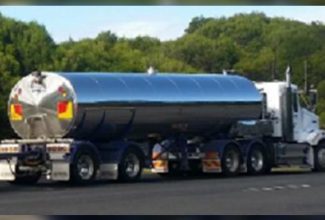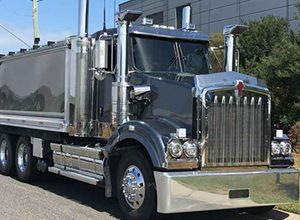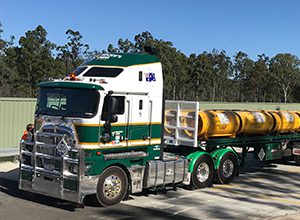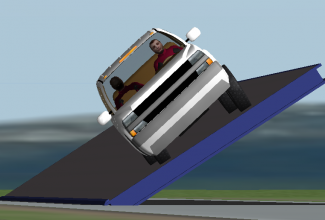Quantifying the infrastructure impacts of front-mounted bus bicycle racks
‘Bike & Ride’ is an innovative way of combining cycling with bus travel. It is being trialled in several jurisdictions. Buses are fitted with specially-designed, front-mounted bus bicycle racks, allowing two bicycles to be carried. These racks may increase the road space requirements of buses when manoeuvring at low speed, so BusVIC engaged Advantia to quantify these impacts, on behalf of the local bus industry. Project summary by Adam Ritzinger.
Bike & Ride schemes are gaining popularity as public transport users seek new methods of increasing flexibility within their transport options, whilst enjoying the health benefits and cost savings provided by cycling and public transport. Public Transport Victoria (PTV) refer to the scheme as ‘Bus your Bike’ and offer it on several bus routes across metropolitan Melbourne and regional Victoria.
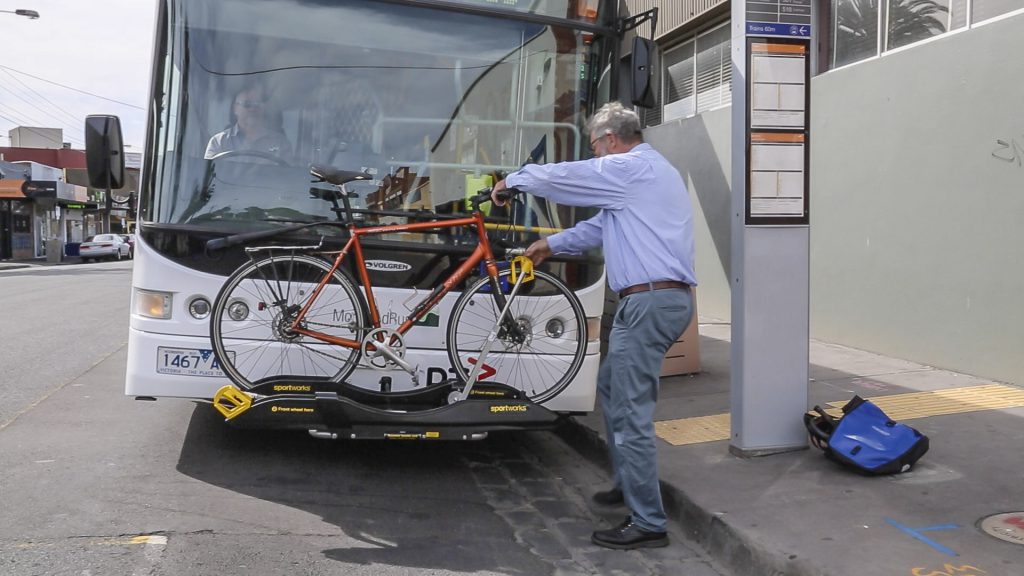
Front-mounted bus bicycle racks vary in their design and dimensions, and can increase the front overhang of typical route buses by up to 700 mm, as shown above. This has the potential to increase the frontal swing and swept path requirements of buses, making them more difficult to operate safely. It increases the risk of the front of the bus striking fixed objects or becoming stuck in narrow urban streets due to parked cars that are close to intersections.
Advantia performed swept path analyses of three typical buses, fitted with three different designs of bicycle rack, taking into account the relevant geometric properties of the buses and racks. Each bus was simulated performing the standard 90-degree low-speed turning manoeuvre specified in Australia’s Performance Based Standards (PBS) scheme for heavy vehicles. The frontal swing and swept path results for the matrix of three buses and three racks were compared against the PBS target levels.
Route buses are not typically required to meet PBS standards. When considering increased dimension limits for buses, which will be required to allow bus bicycle racks to be fitted, road authorities may require PBS approval as a condition. Hence, PBS was considered the most appropriate method of assessing the effects of the racks on road space requirements.
The swept path performance target for route buses in PBS is 7.4 metres or less. Every one of the nine assessed bus and bicycle rack combinations was found to be well within that performance target. In contrast, however, only two of the nine combinations were able to meet the frontal swing performance target of 1.5 metres or less.
Interestingly, two of the buses were not able to meet the frontal swing performance target in their standard configuration (i.e. without the rack fitted), and in many cases the rack only increased the frontal swing by 10 centimetres or less, and for only part of the manoeuvre. These results demonstrated that the effects of the racks on bus road space requirements was minimal in most cases, but still provided a sound basis for selecting the most suitable bike rack for typical route buses.
To supplement these findings, Advantia conducted a swept path analysis for a T-intersection on a typical metropolitan bus route. The geometry of the turning path was measured using a high-definition aerial photograph, and the vehicle was made to travel along the turning path in the simulation environment. The paths prescribed by the front of the rack and the rear of the bus were overlaid onto the aerial photograph, as shown below.
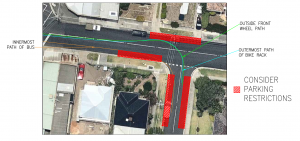
The results of the swept path analysis identified that fitment of the racks should not reduce operational safety, but identified that the risk of vehicles striking fixed objects such as parked cars would be further reduced if additional parking restrictions were implemented. These areas are highlighted by the red shaded boxes in the above figure.
Please contact Advantia for more information.
